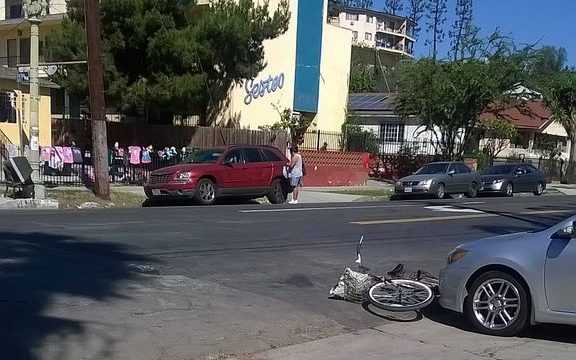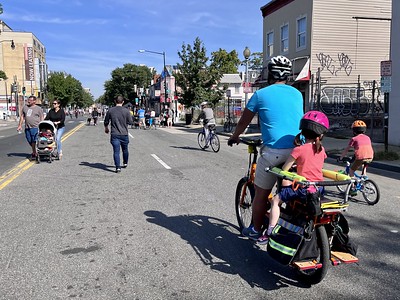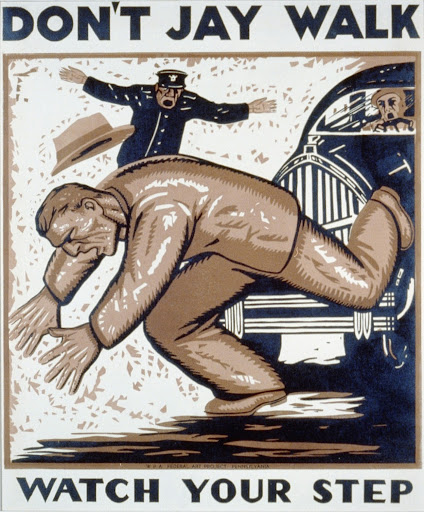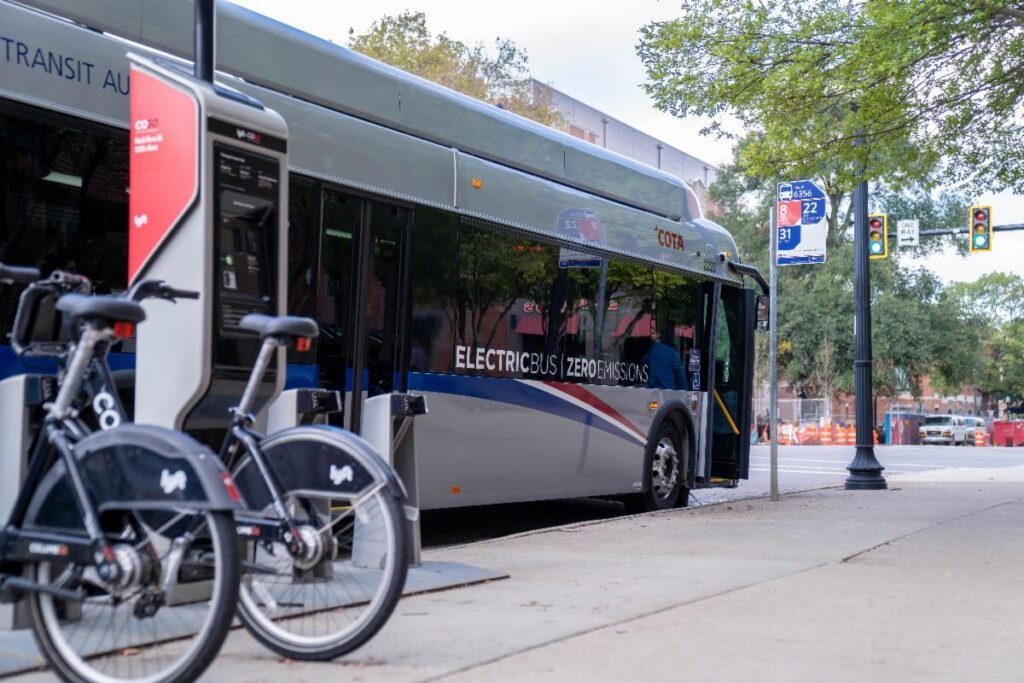
Throughout the United States, various measures for funding transportation improvements were approved, advancing efforts to invest in the rest at the local level.

In addition to the presidential, Senate, and House races that occurred during this tumultuous election cycle, American voters recently decided on a variety of transportation and housing measures for their communities. (See our recent post on success for transit in Nashville here.) No matter the outcome of the federal elections, these measures represent a desire to invest in the rest of our transportation system and secure more travel options. Here are four major highlights from the many measures that were voted for around the country.
Columbus, Ohio
Issue 47 raises the sales tax for the Central Ohio Transportation Authority (COTA) from 0.5% to 1% in order to fund LinkUs. The plan calls for 45% more bus service, the creation of five bus rapid transit (BRT) lines to create faster and more efficient bus service. This includes dedicated lanes, priority at signals, and 14 new bus routes. The plan would also provide eight new COTA//Plus zones, which provide subsidized rideshare in neighborhoods of Columbus without bus service.
Money from the new sales tax will also be used for pedestrian infrastructure to support walkable neighborhoods near the new transit lines. LinkUs will create opportunity and access for Columbus, which is expected to grow to over three million residents by 2050.
Durham, North Carolina
The Durham Streets and Sidewalk Measure authorizes the city to issue $115 million in bonds for street and sidewalk projects. This money will be used in a variety of projects, such as adding 12.4 miles of sidewalk, repaving an estimated 100 miles of streetscape, and continuing an ongoing project to pave the remaining 10.5 miles of unpaved streets in Durham. The success of this measure shows that voters in cities like Durham understand that fixing it first is vital to support a well-functioning transportation network.
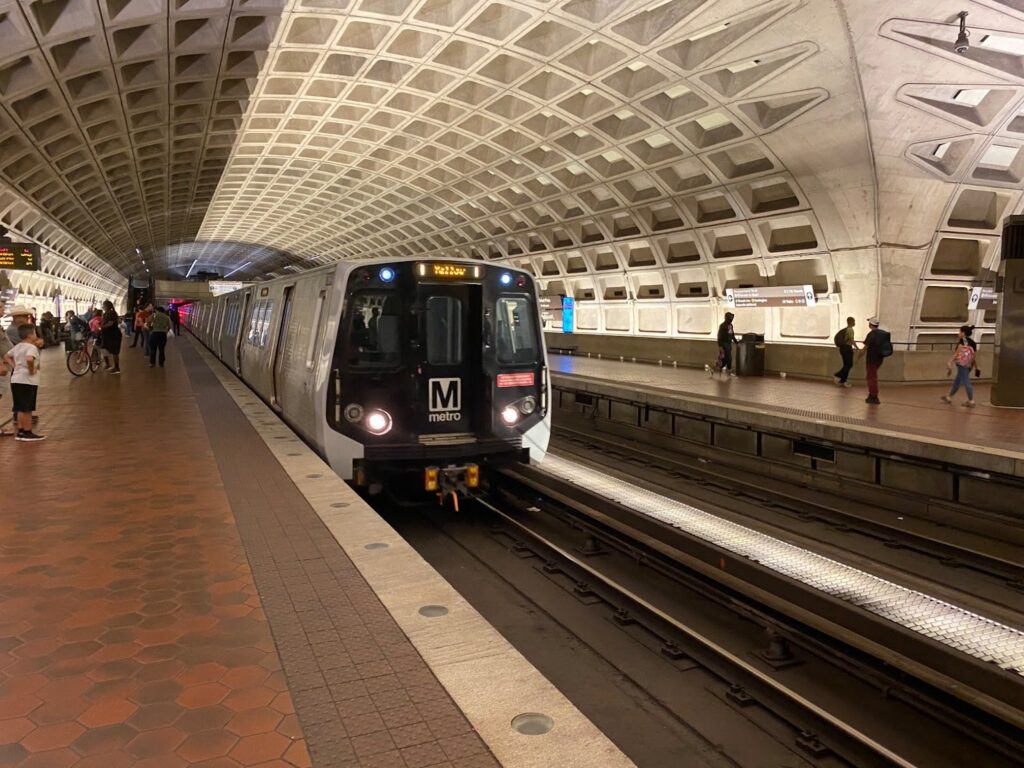
Fairfax County and Arlington County, Virginia
Both the Fairfax County and Arlington County transportation bond measures provide millions of dollars of bonds for public transit. Fairfax County provided $180 million in bonds for the Washington Metropolitan Area Transit Authority (WMATA) to assist with capital costs of acquiring land for transportation facilities, new train cars, and more. Arlington County also provided $72 million in bonds, including $44.3 million in funds for WMATA capital improvements, $22 million for improving local streets, and $1.5 million for sidewalk and curb maintenance, and $1.3 million for street lighting and miscellaneous transportation projects.
WMATA has made great strides in recovering ridership since the onset of the COVID-19 pandemic, and these funds will allow WMATA to keep providing frequent, reliable service throughout DC and its surrounding counties.
Denver, Colorado and surrounding counties
Measure 7A allows the Denver Regional Transportation District (RTD) to collect and reinvest revenue from sales tax above the originally approved levels in 1999. Removing the limits from decades prior allows the RTD to continue to improve service for the Denver Metropolitan Area for the three million residents in Boulder, Broomfield, Denver, and Jefferson Counties as well as portions of Adams, Arapahoe, Douglas, and Weld Counties, which rely on RTD’s bus, light rail, and regional rail lines.
Why it matters
Municipalities around the country voted to invest in the rest in this last election, including funding for a more balanced transportation system that designs streets for safety over the speed of private automobiles.
While not every transit or transportation investment measure was passed, the majority were approved by voters. And where transportation measures failed, like in Charleston County’s Special Sales and Use Tax ballot measure, voters rejected funding for projects that would have gone to a highway expansion and negatively impacted the local environment.
It is important to acknowledge the progress that forward thinking communities in the country have made towards making our transportation system more equitable and sustainable for everyone. When determining how to support our nation’s transportation system, we hope that the incoming administration takes note of these trends.




